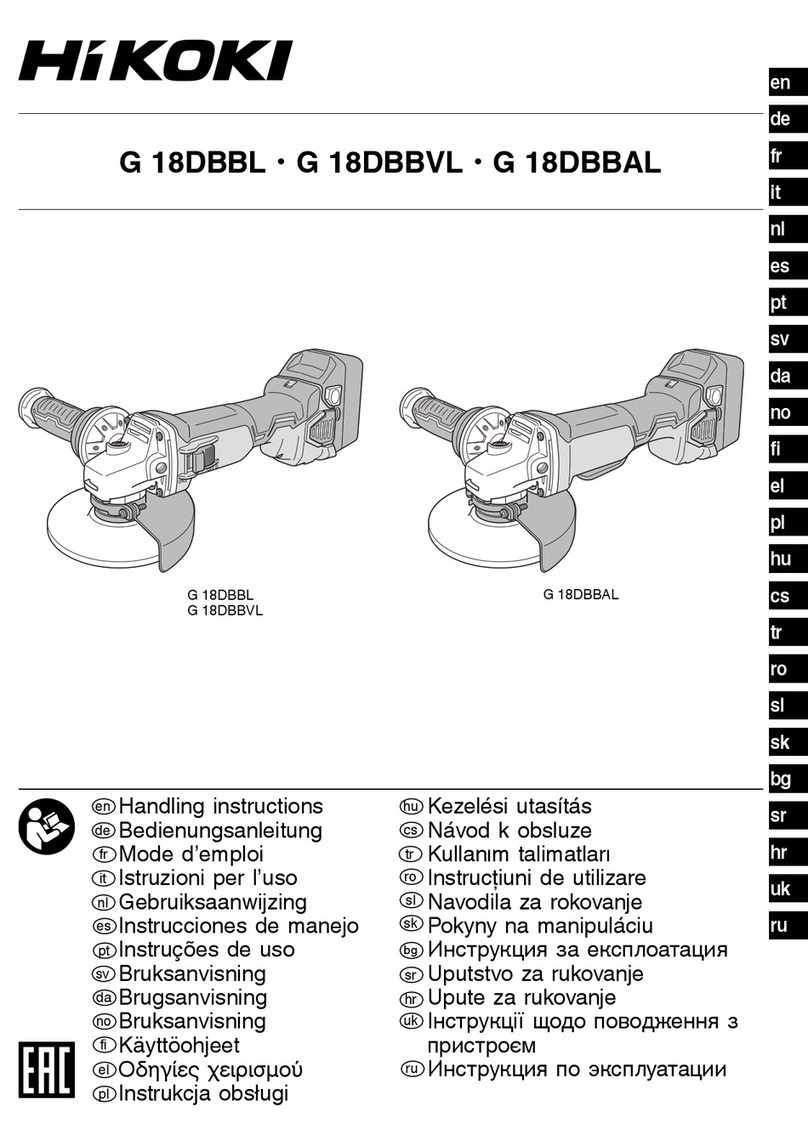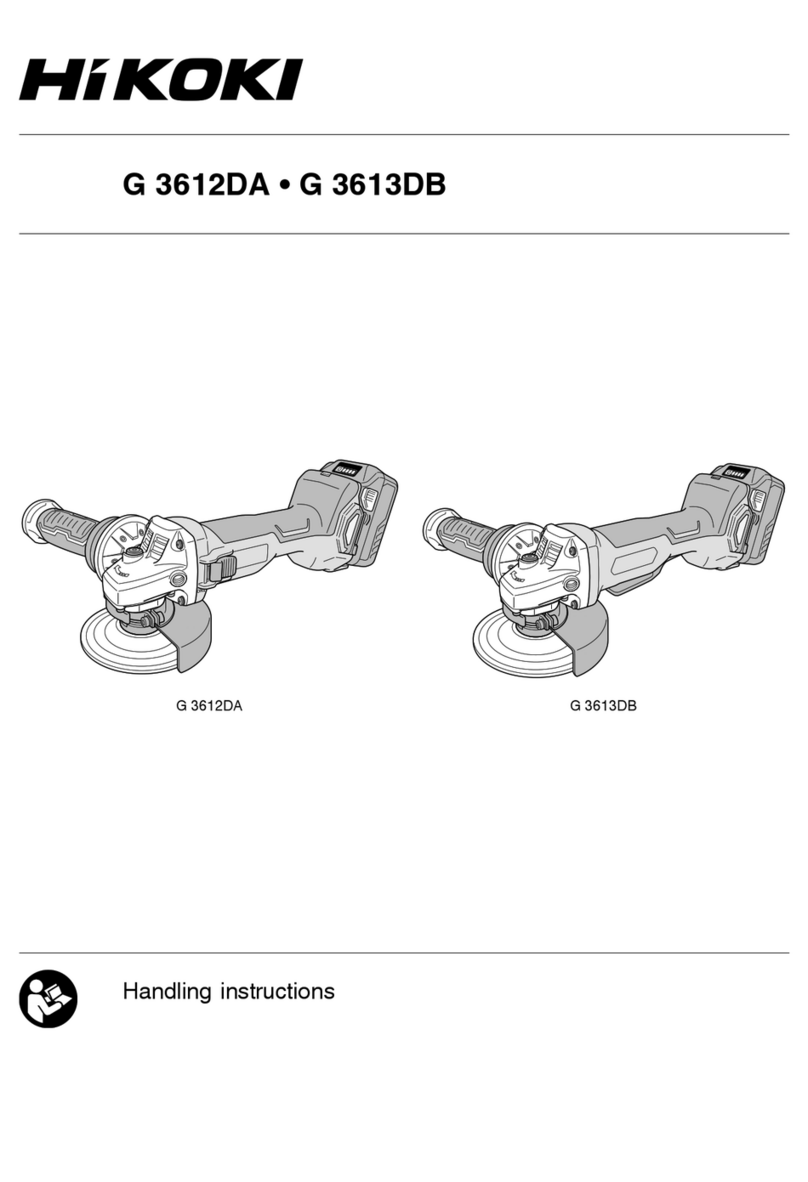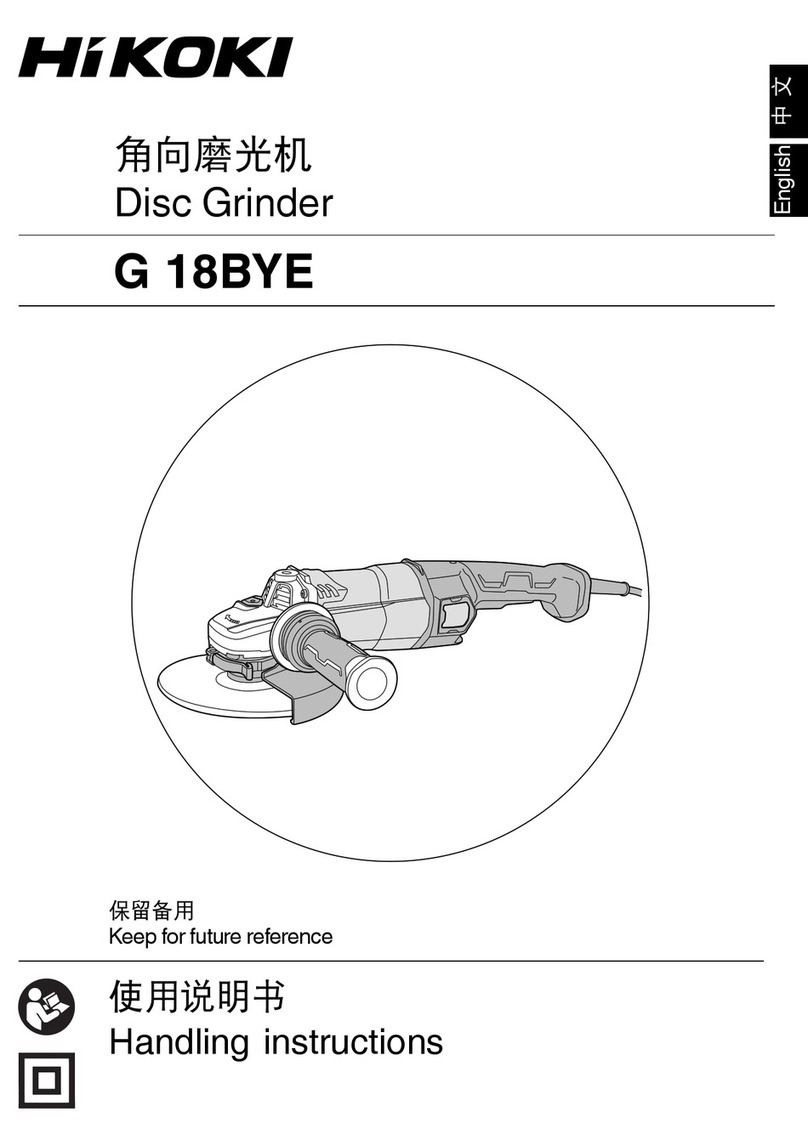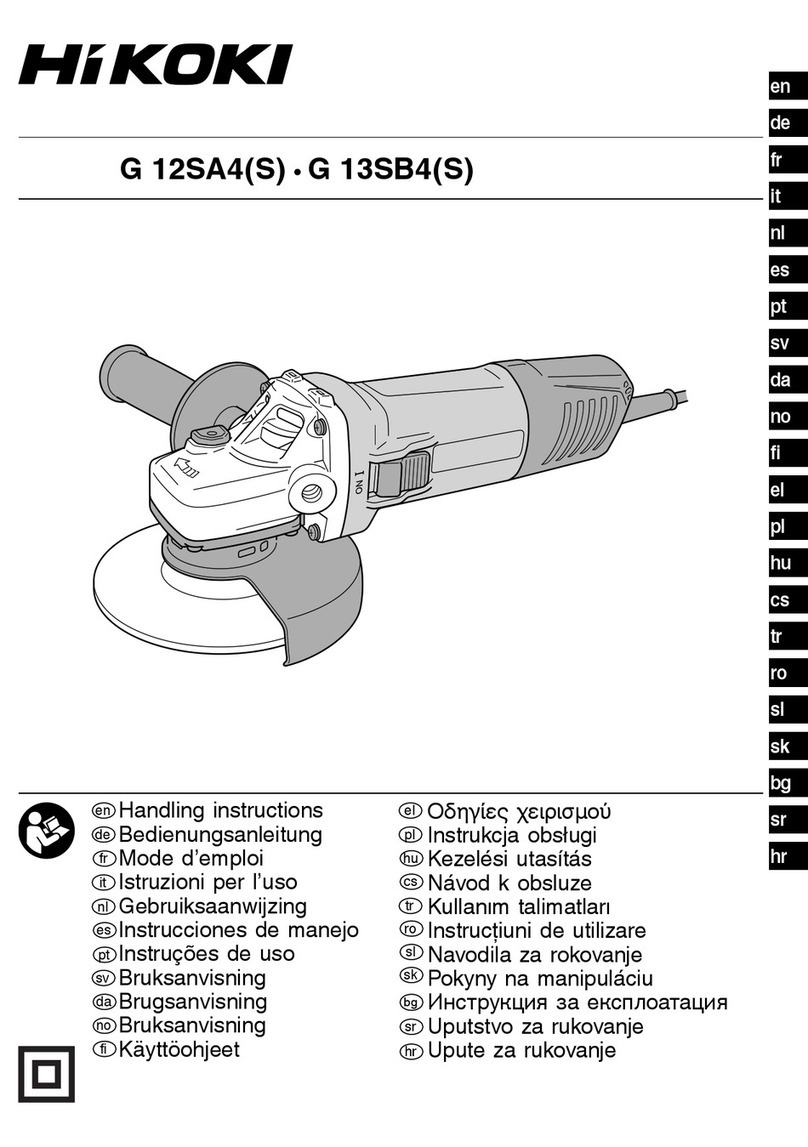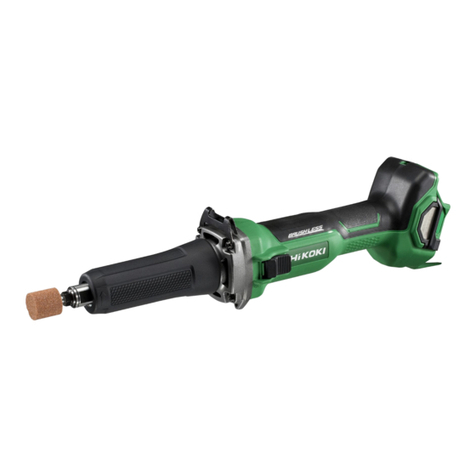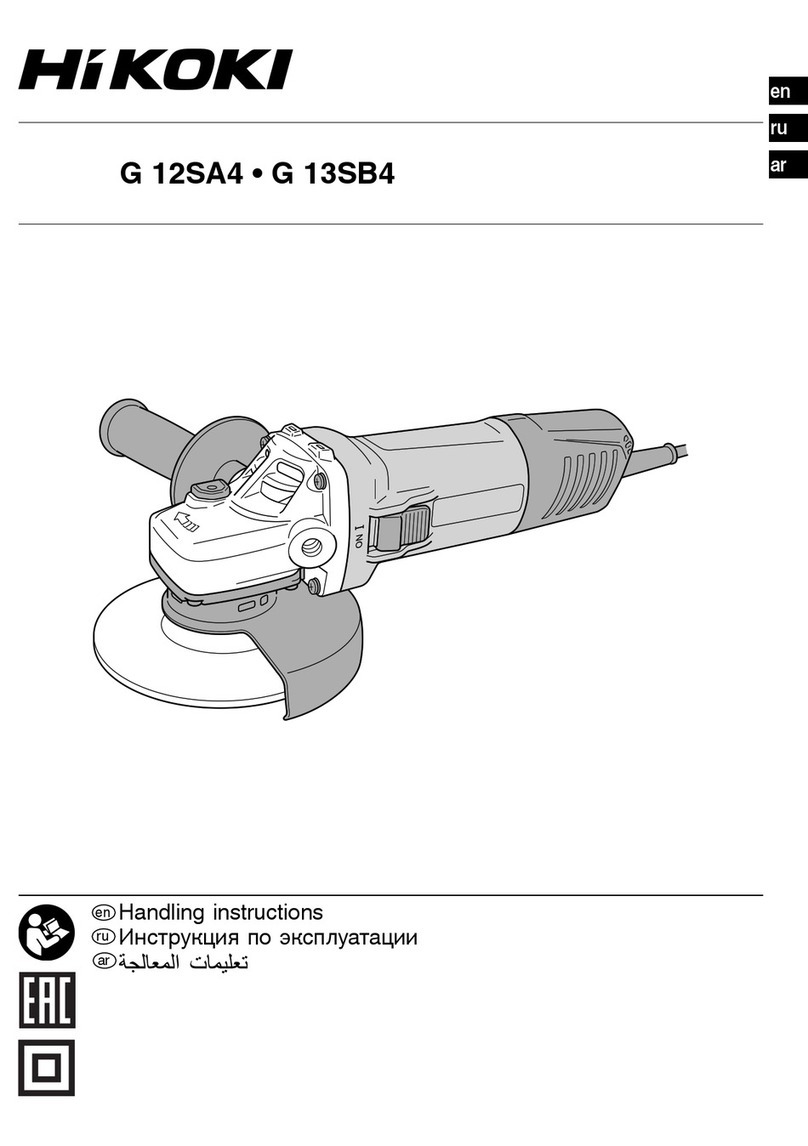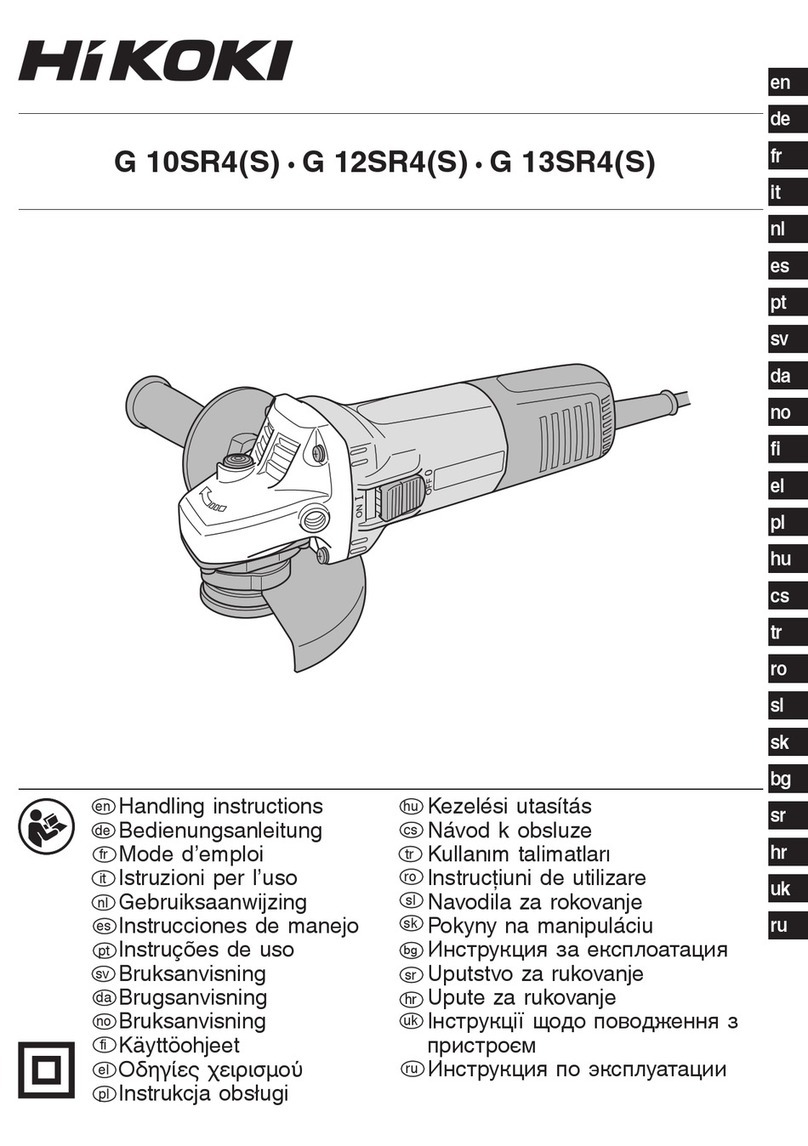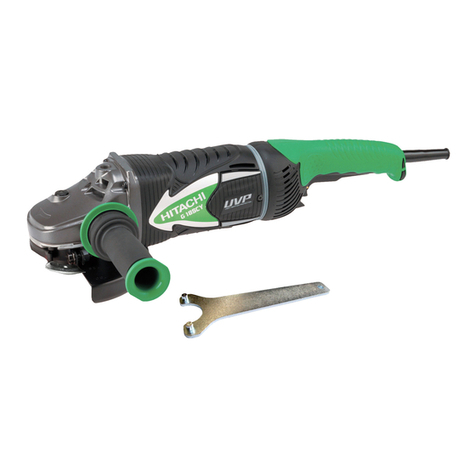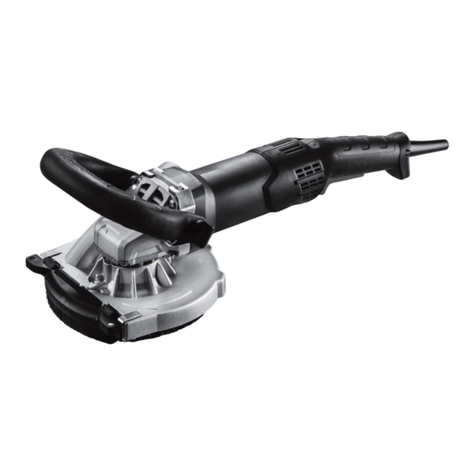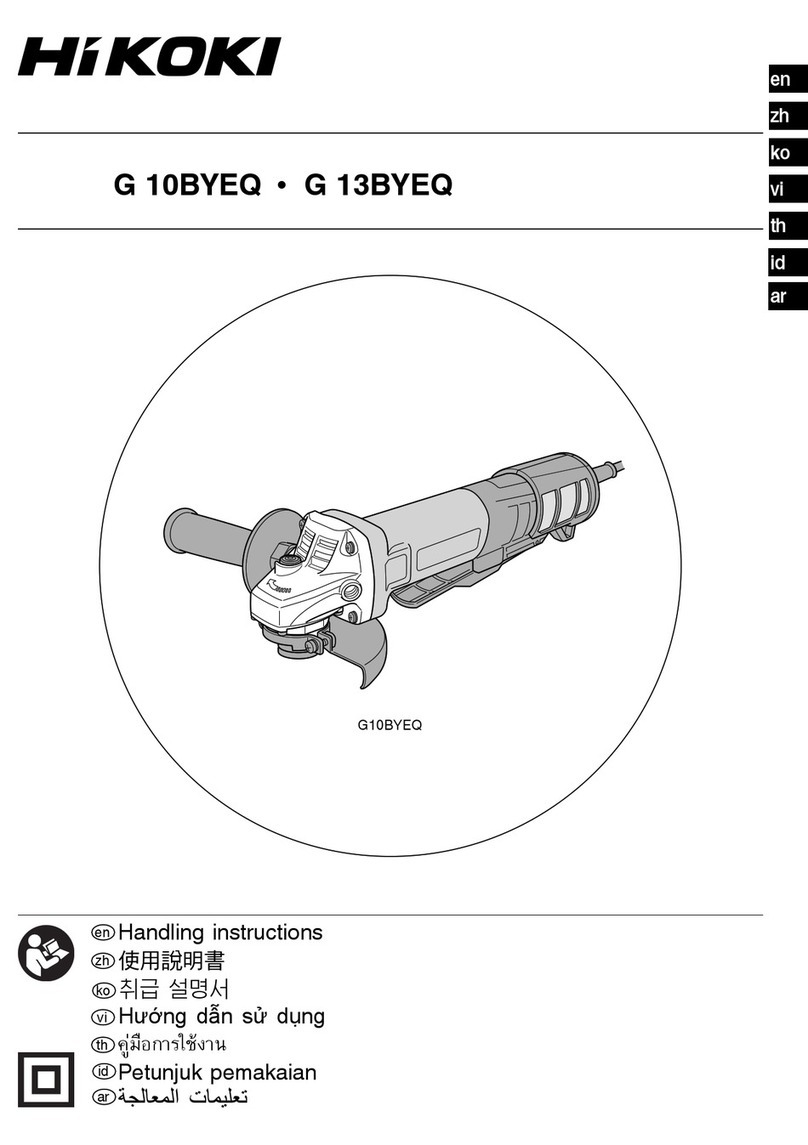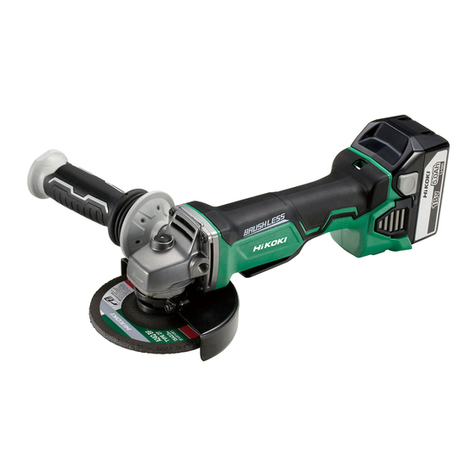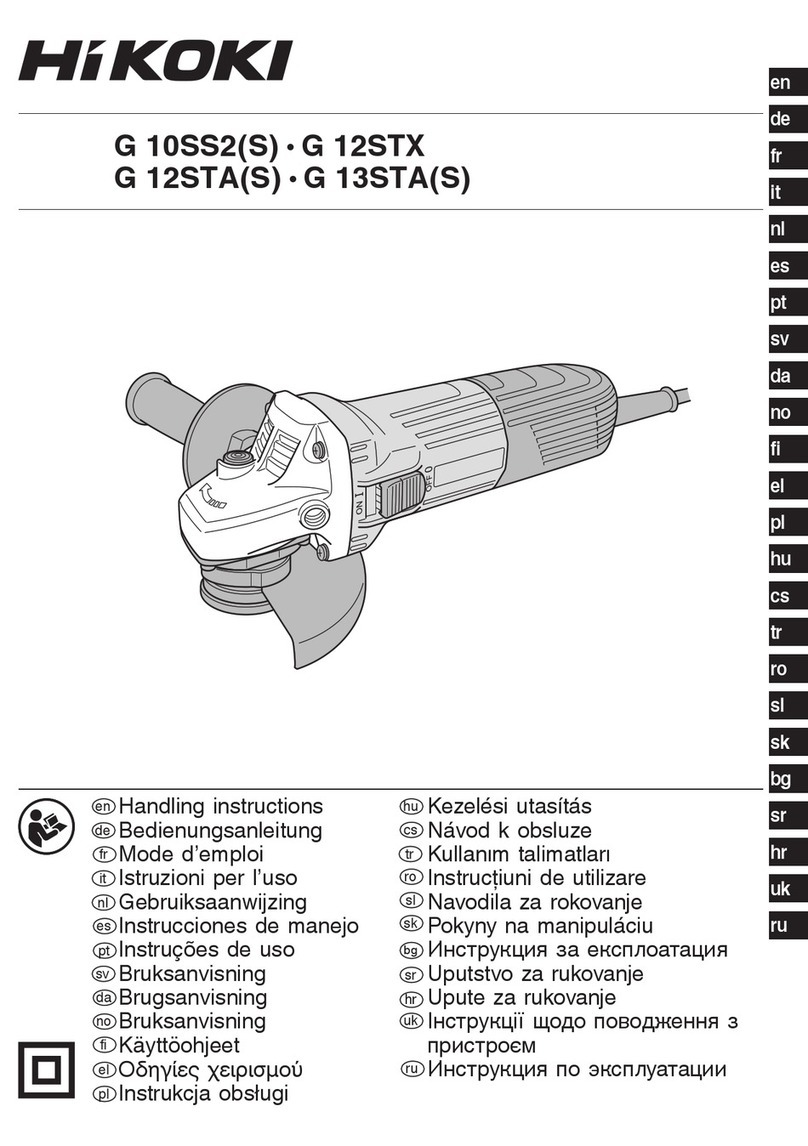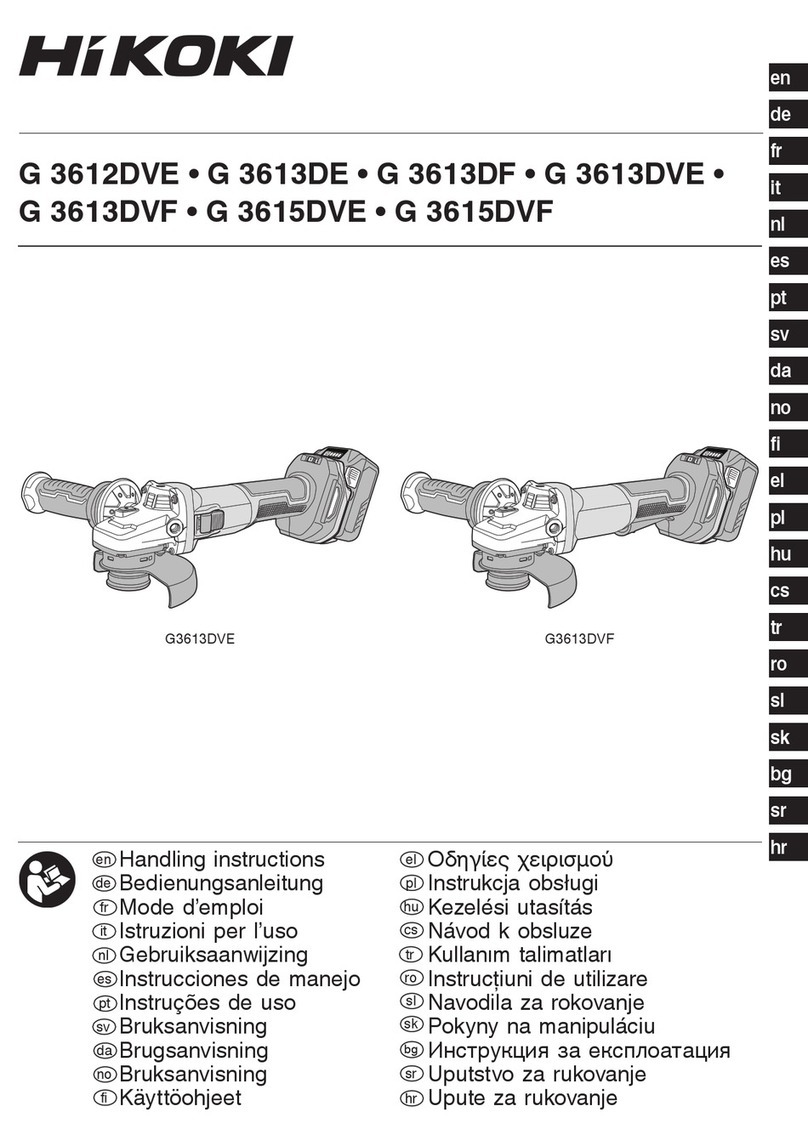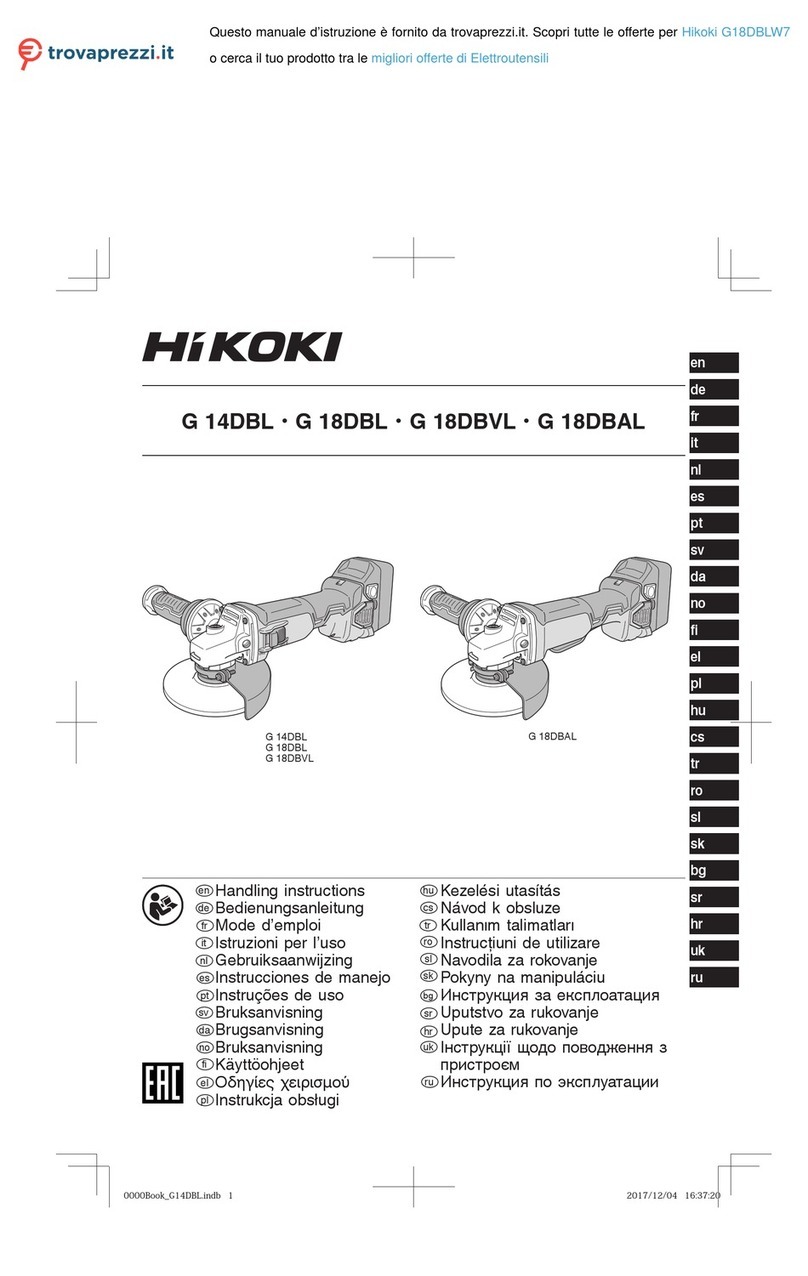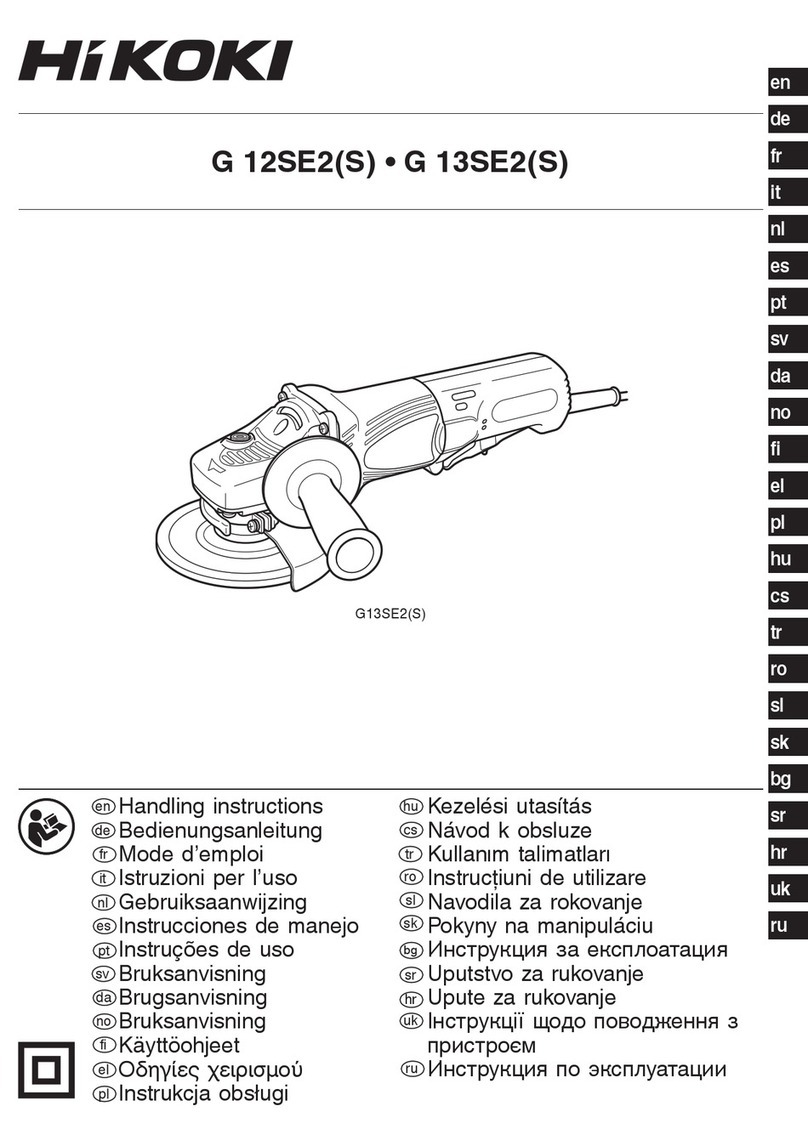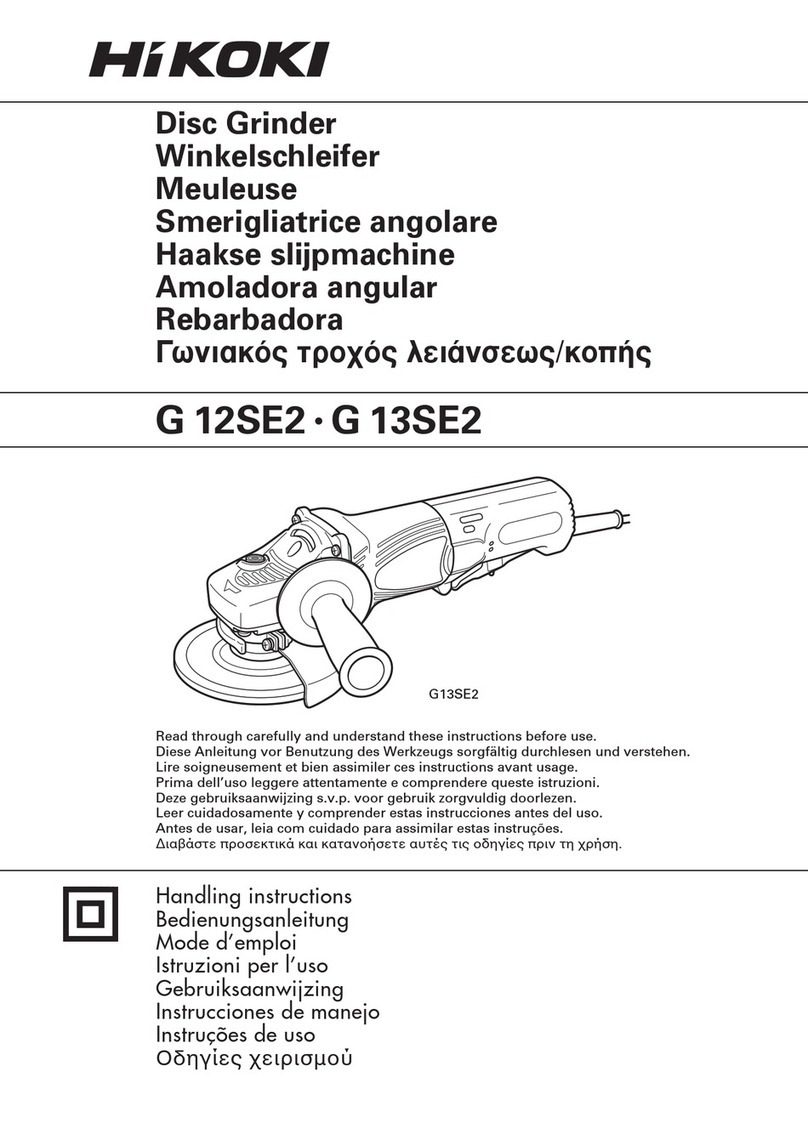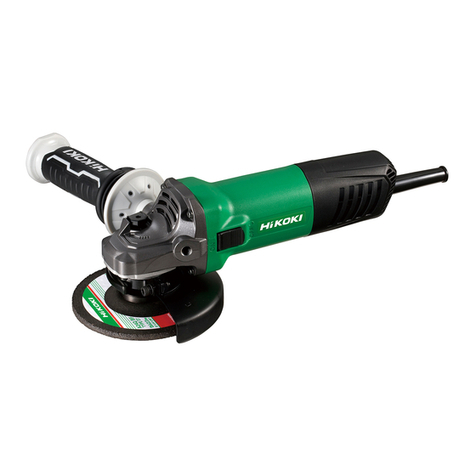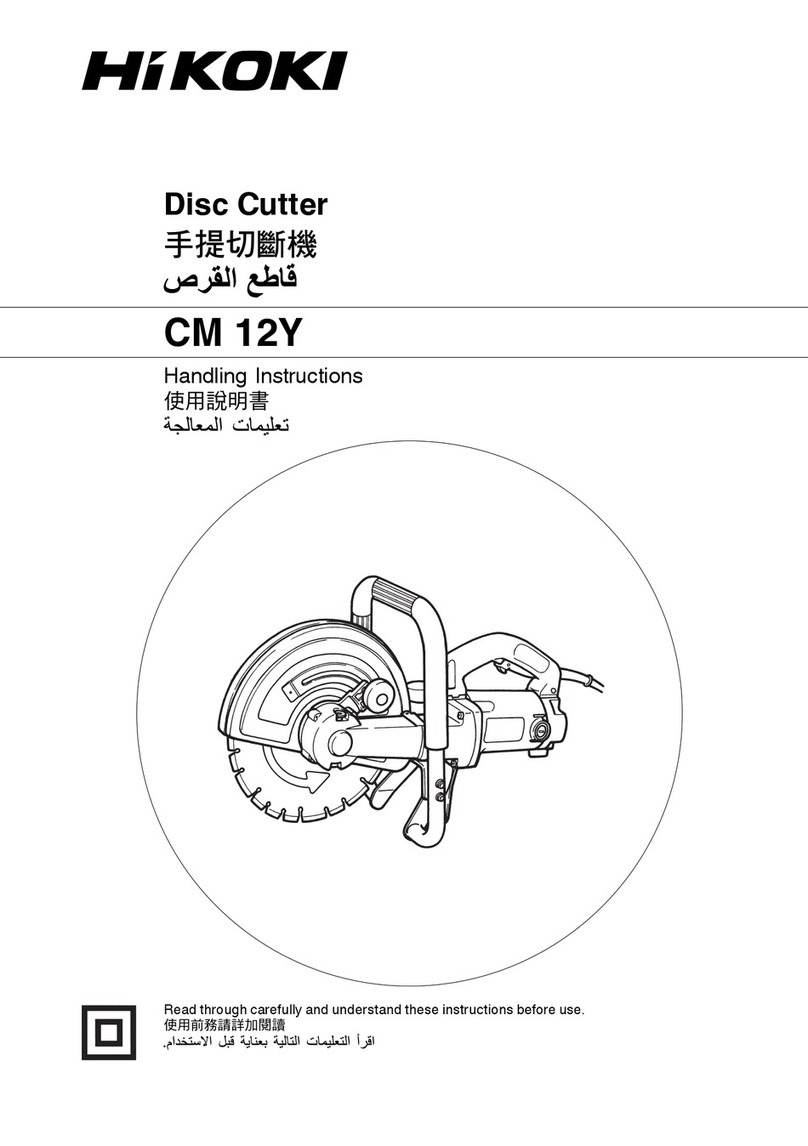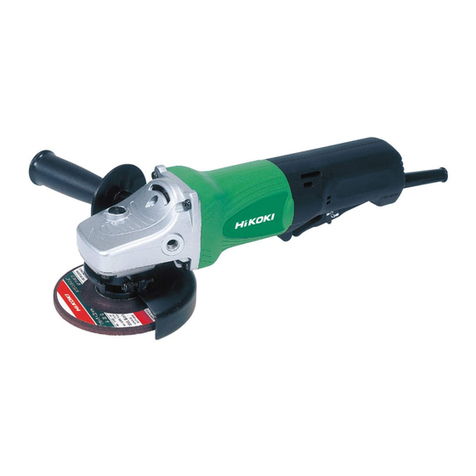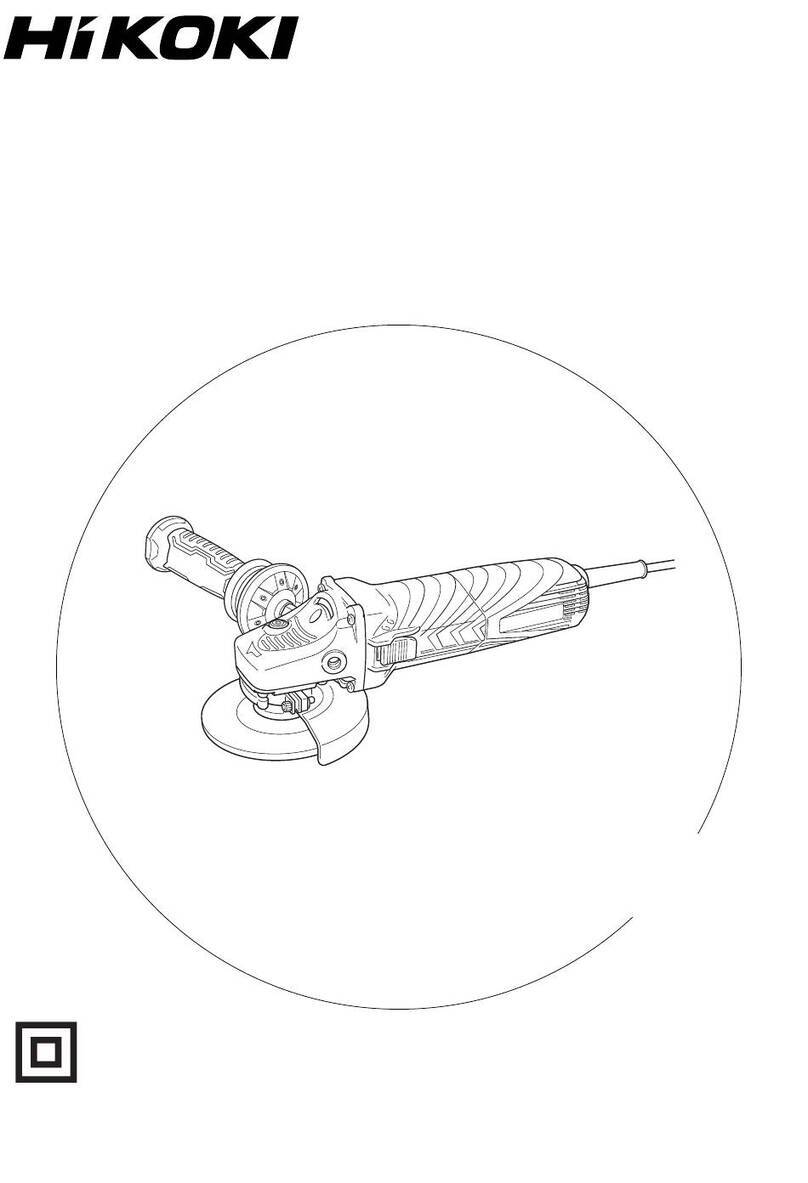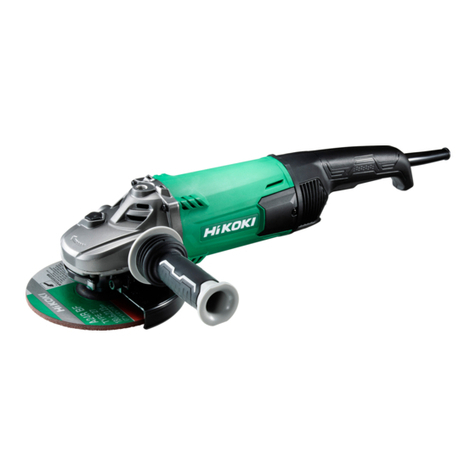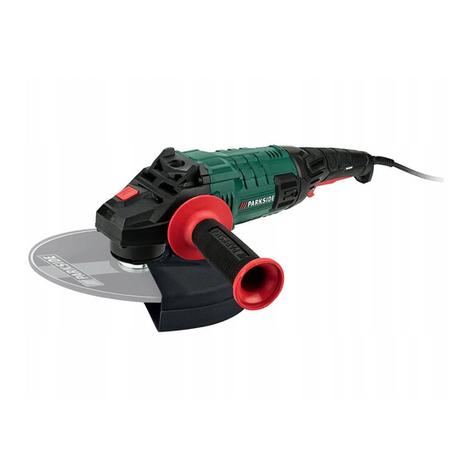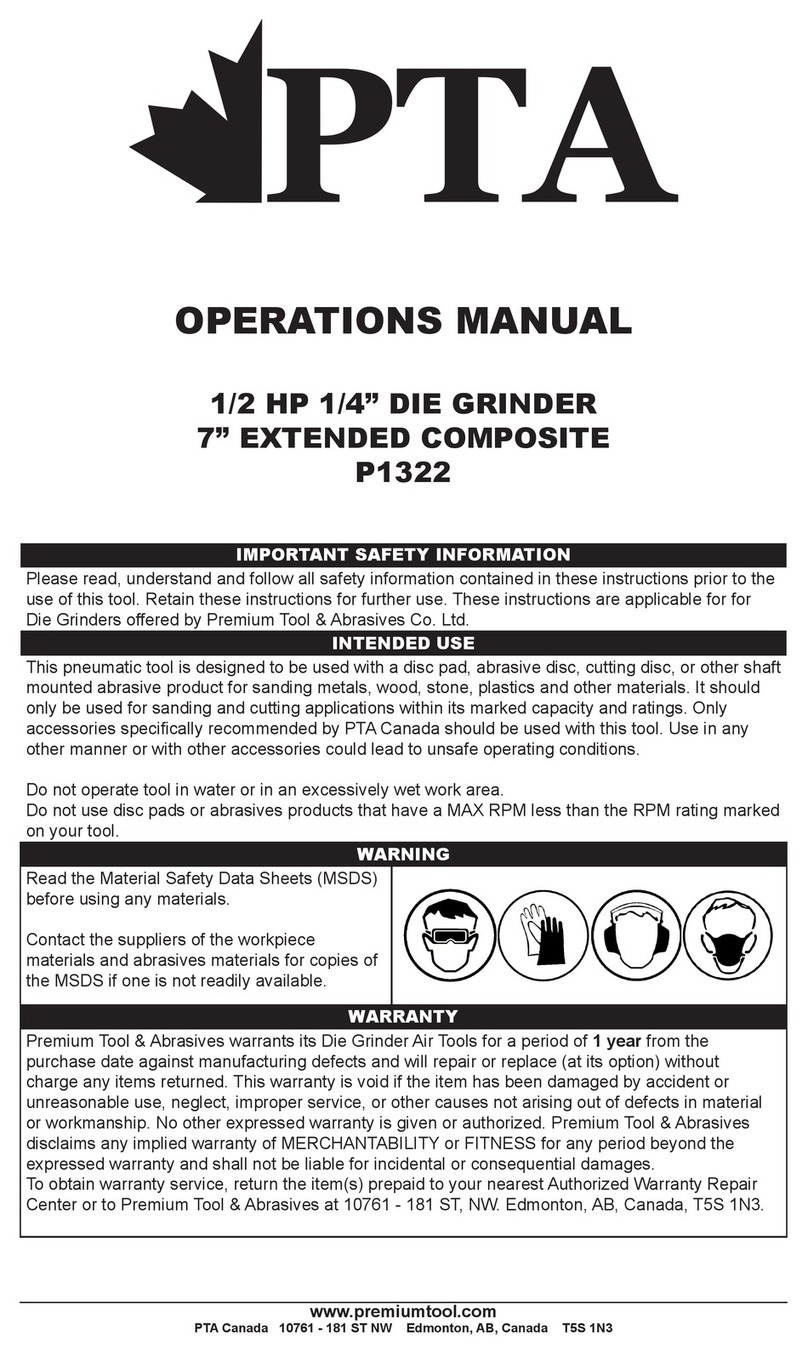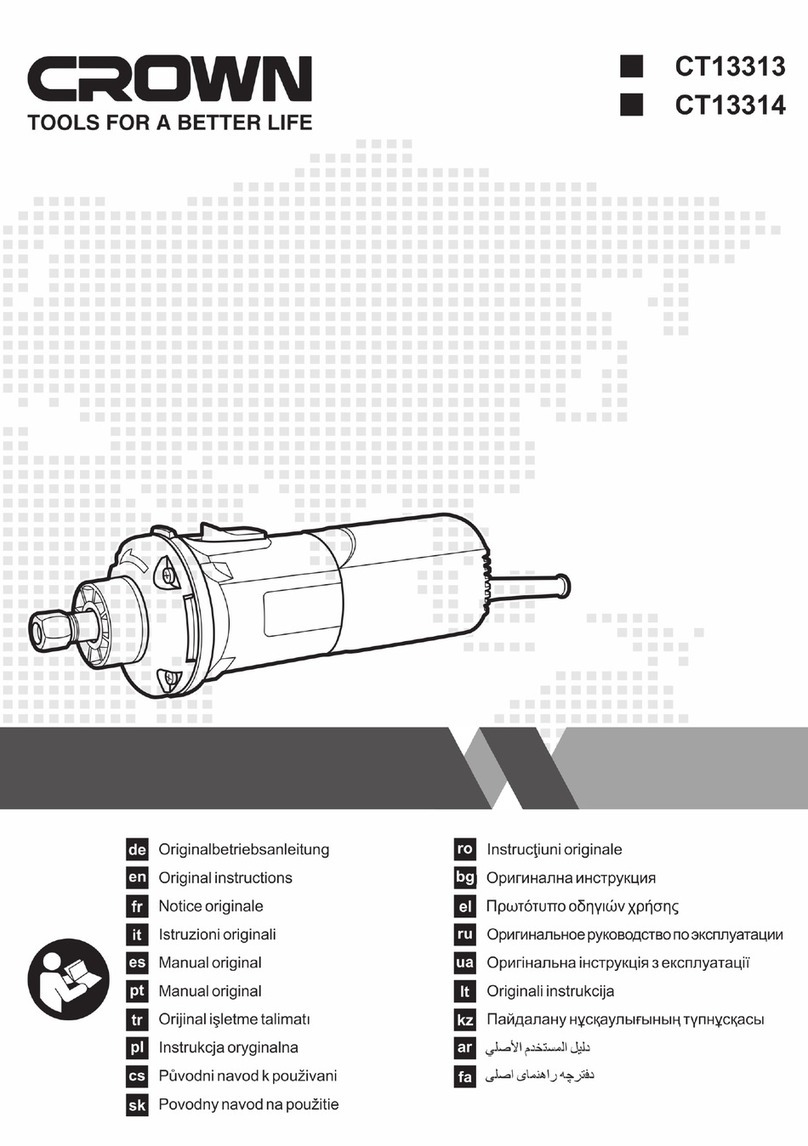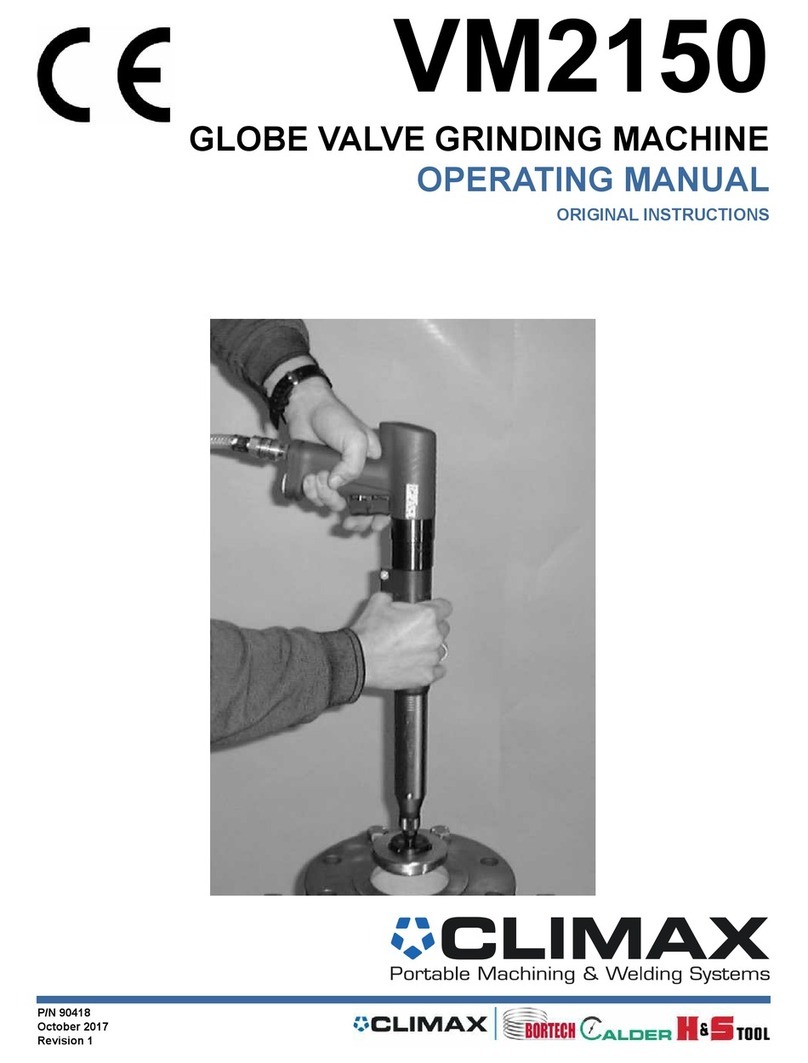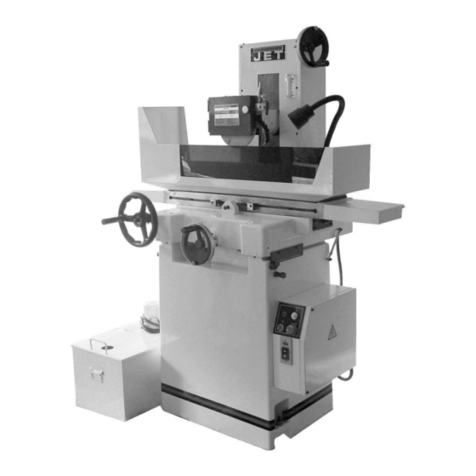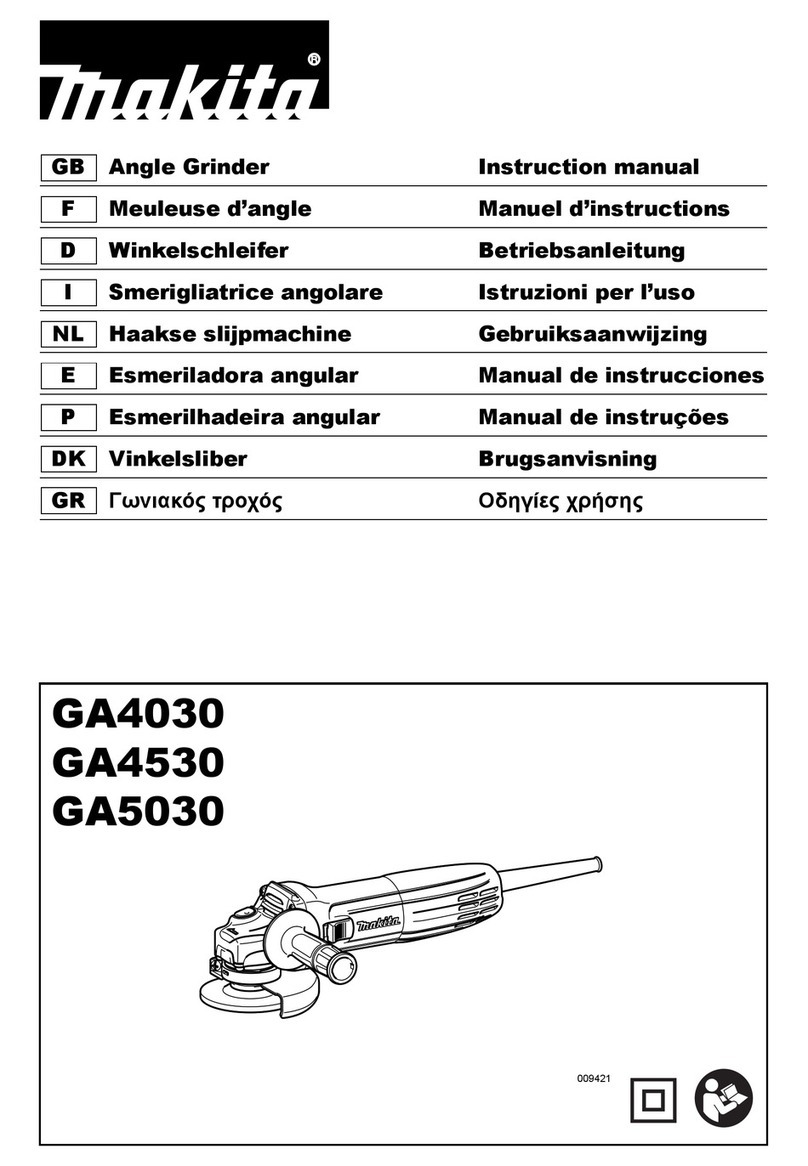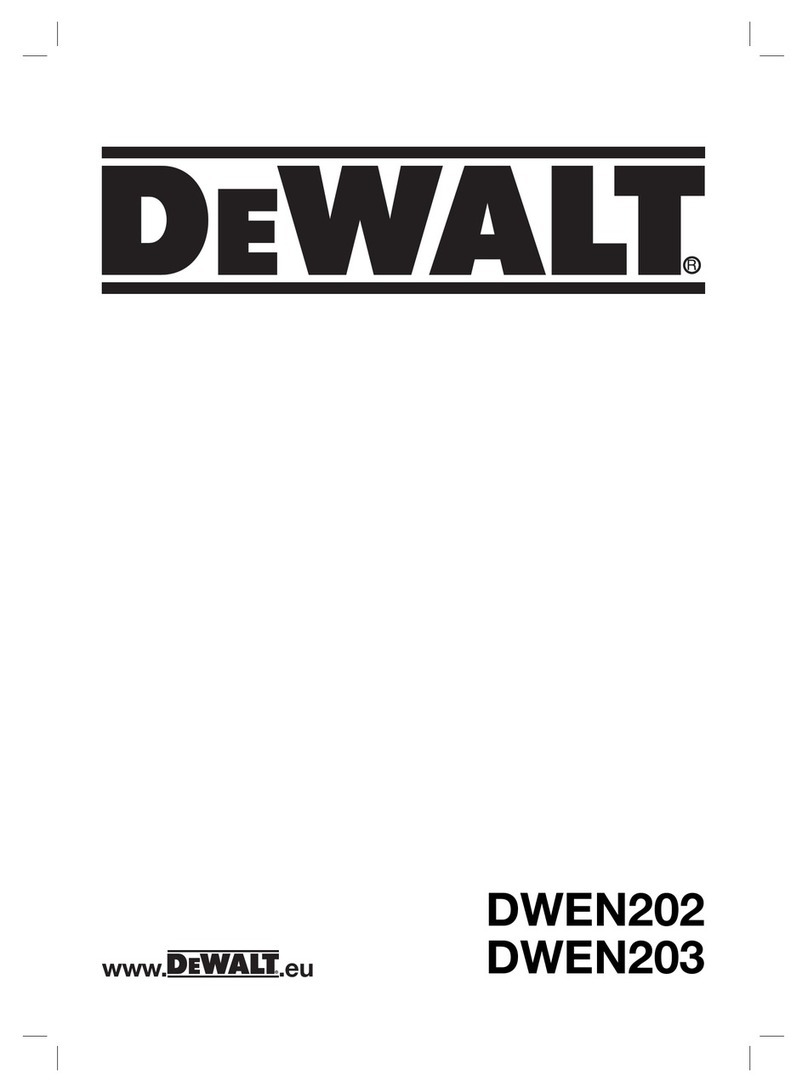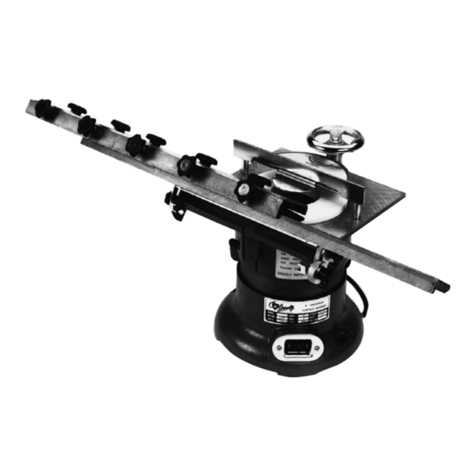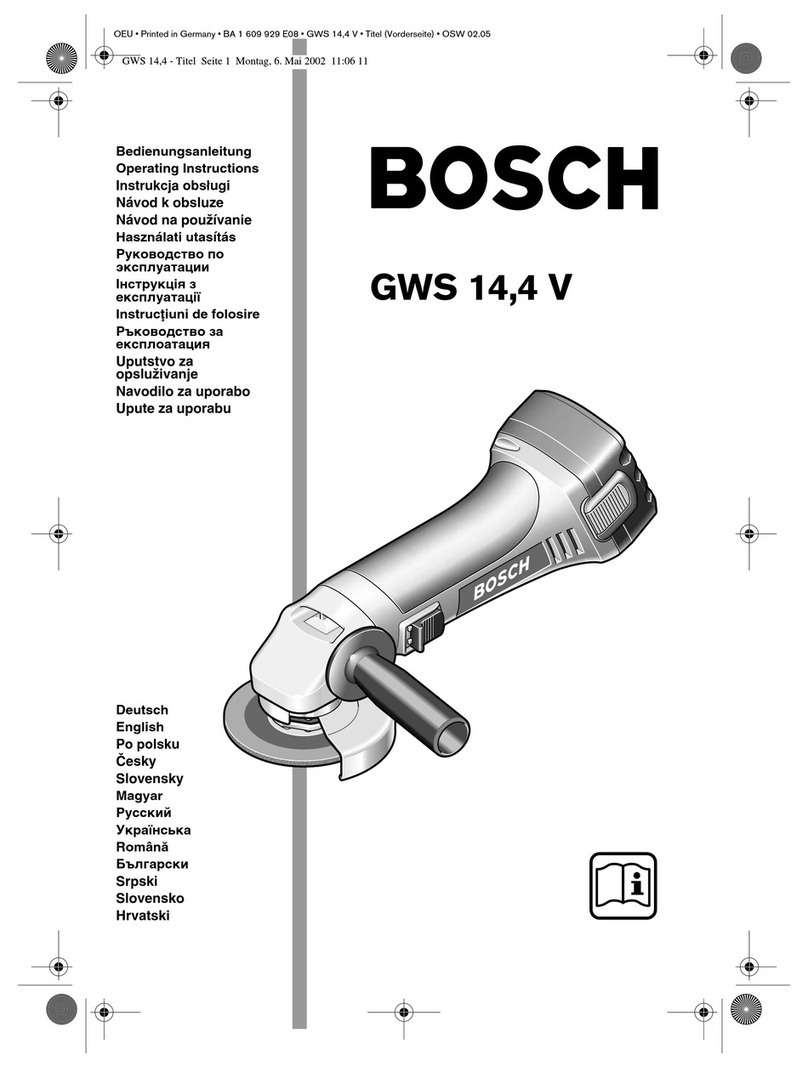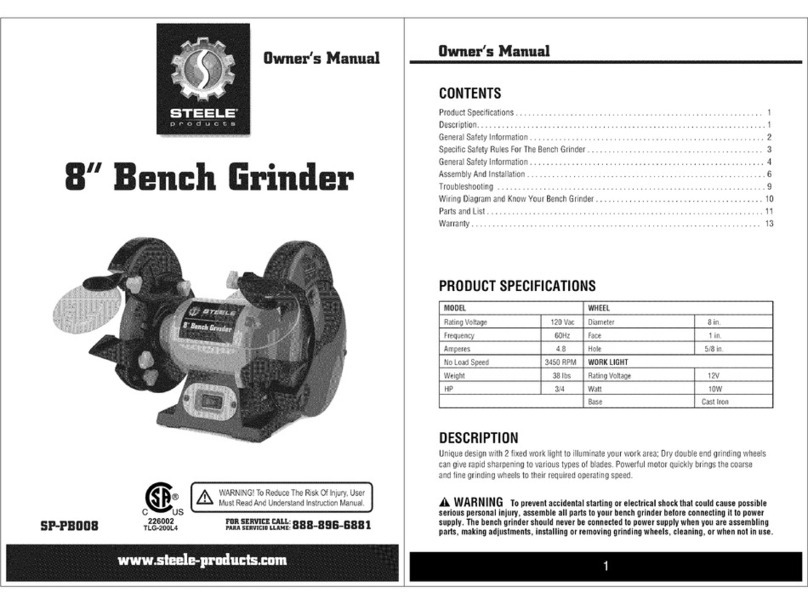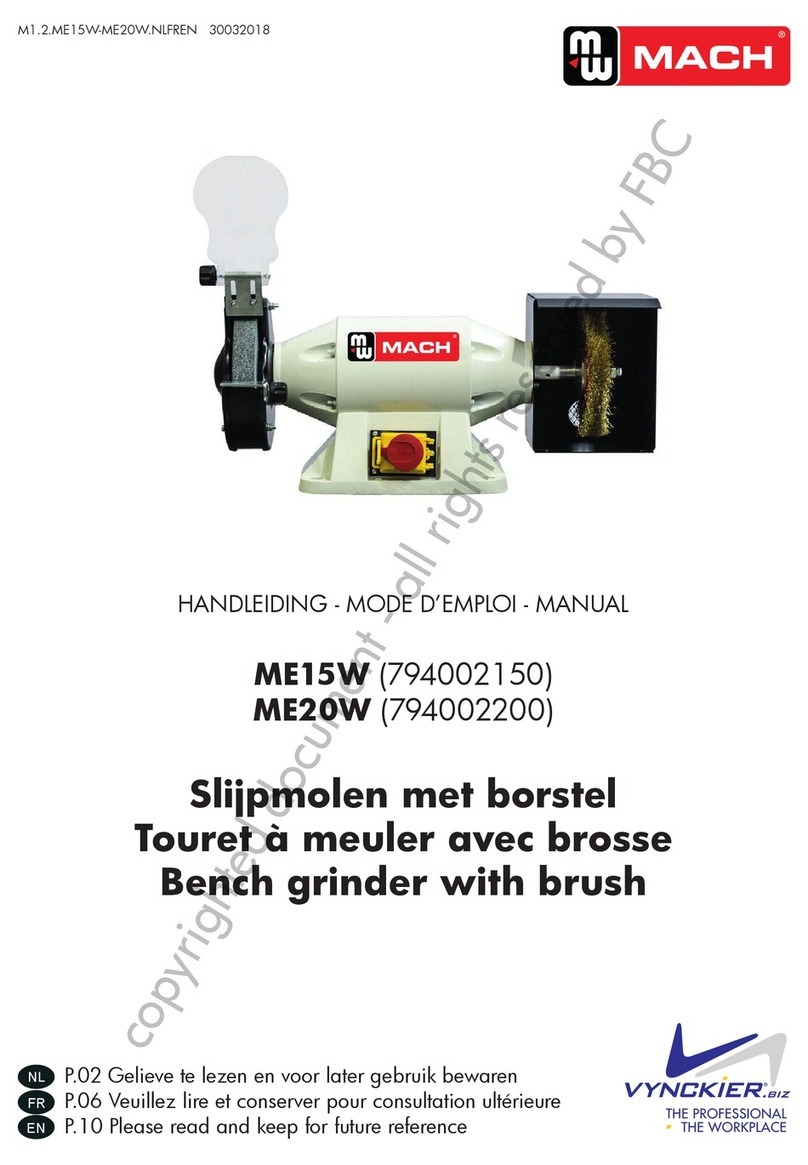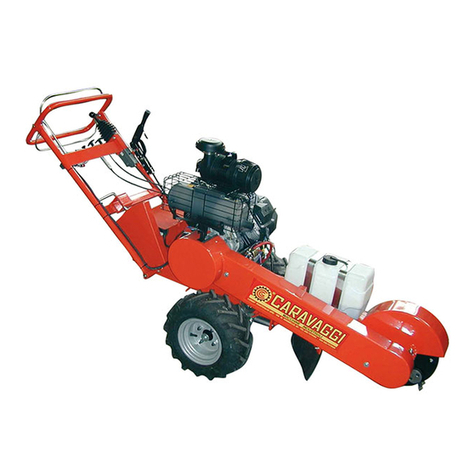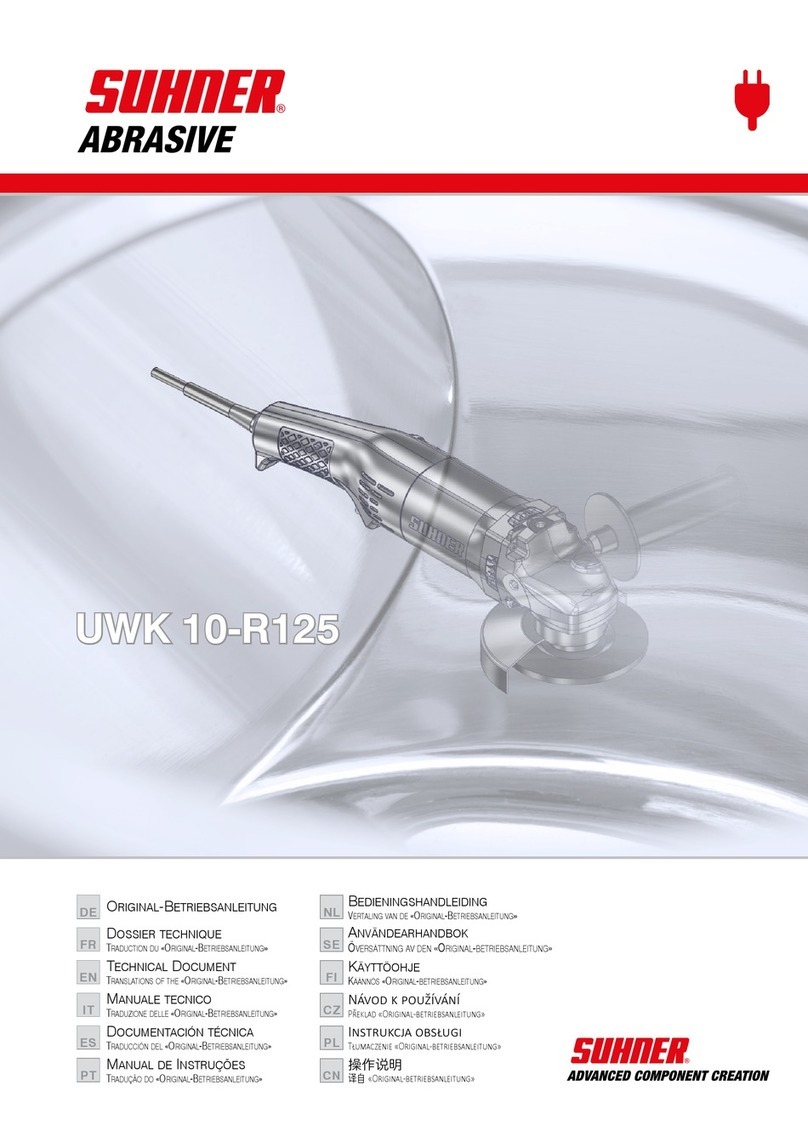
English
10
How to make the batteries perform longer.
(1) Recharge the batteries before they become completely
exhausted.
When you feel that the power of the tool becomes
weaker, stop using the tool and recharge its battery. If
you continue to use the tool and exhaust the electric
current, the battery may be damaged and its life will
become shorter.
(2) Avoid recharging at high temperatures.
A rechargeable battery will be hot immediately after use.
If such a battery is recharged immediately after use, its
internal chemical substance will deteriorate, and the
battery life will be shortened. Leave the battery and
recharge it after it has cooled for a while.
CAUTION
○When the battery charger has been continuosly used,
the battery charger will be heated, thus constituting
the cause of the failures. Once the charging has been
completed, give 15 minutes rest until the next charging.
○If the battery is recharged when it is warm due to battery
use or exposure to sunlight, the pilot lamp map light in
green.
The battery will not be recharged. In such a case, let the
battery cool before charging.
○When the pilot lamp flickers in red (at 0.2-second
intervals), check for and take out any foreign objects
in the charger’s battery installation hole. If there are no
foreign objects, it is probable that the battery or charger
is malfunctioning. Take it to your authorized Service
Center.
PRIOR TO OPERATION
1. Preparing and checking the work environment
Make sure that the work site meets all the conditions laid
forth in the precautions.
2. Checking the battery
Make sure that the battery is installed firmly. If it is at all
loose it could come offand cause an accident.
3. Fitting and adjusting the wheel guard
The wheel guard is a protective device to prevent injury
should the depressed center wheel shatter during
operation. Ensure that the guard is properly fitted and
fastened before commencing grinding operation. By
slightly loosening the setting screw, the wheel guard
can be turned and set at any desired angle for maximum
operational effectiveness. Ensure that the setting screw
is thoroughly tightened after adjusting the wheel guard.
4. Ensure that mounted wheels and points are fitted in
accordance with the manufacturer’s instructions.
Ensure that the depressed center wheel to be utilized is
the correct type and free of cracks or surface defects.
Also ensure that the depressed center wheel is properly
mounted and the wheel nut is securely tightened, Refer
to the section on “ASSEMBLING AND DISASSEMBLING
THE DEPRESSED CENTER WHEEL”
Ensure that blotters are used when they are provided
with the bonded abrasive product and when they are
required.
Do not use separate reducing bushings or adaptors to
adapt large hole abrasive wheels.
For tools intended to be fitted with threaded hole wheel,
ensure that the thread in the wheel is long enough to
accept the spindle length.
Do not use cutting offwheel for side grinding.
5. Conducting a trial run
Ensure that the abrasive products is correctly mounted
and tightened before use and run the tool at no-load for
30 seconds in a safe position, stop immediately if there is
considerable vibration or if other defects are detected.
If this condition occurs, check the machine to determine
the cause.
6. Confirm the push button.
Confirm that the push button is disengaged by pushing
push button two or three times before switching the
power tool on (See Fig. 6).
7. Fixing the side handle.
Screw the side handle into the gear cover.
PRACTICAL GRINDER APPLICATION
1. Pressure
To prolong the life of the machine and ensure a first
class finish, it is important that the machine should not
be overloaded by applying too much pressure. In most
applications, the weight of the machine alone is sufficient
for effective grinding. Too much pressure will result in
reduced rotational speed, inferior surface finish, and
overloading which could reduce the life of the machine.
2. Grinding angle
Do not apply the entire surface of the depressed center
wheel to the material to be ground. As shown in Fig. 5,
the machine should be held at an angle of 15° – 30° so
that the external edge of the depressed center wheel
contacts the material at an optimum angle.
3. To prevent a new depressed center wheel from digging
into the workpiece, initial grinding should be performed
by drawing the grinder across the workpiece toward the
operator (Fig. 5 direction B). Once the leading edge of
the depressed center wheel is properly abraded, grinding
may be conducted in either direction.
4. Precautions immediately after finishing operation
The wheel continues to rotate after the tool is switched
off.
After switching offthe machine, do not put it down until the
depressed center wheel has come to a complete stop.
Apart from avoiding serious accidents, this precaution
will reduce the amount of dust and swarf sucked into the
machine.
NOTE:
○To prevent injuries, this product has a function that
prevents unexpected motor rotation when the battery is
inserted. The motor will not run if the battery is inserter
while the switch is still ON. After installing the battery,
turn the switch offand then back on again.
○The G14DSL/G18DSL models are equipped with a
protection function that will shut down the tool in the
event of an overload.
Should the tool shut down due to an overload, turn the
power offand then turn it back on again.
CAUTIONS
○Check that the work piece is properly supported.
○Ensure that ventilation openings are kept clear when
working in dusty conditions.
If it should become necessary to clear dust, first
disconnect the tool from the mains supply (use non-
metallic objects) and avoid damaging internal parts.
○Ensure that sparks resulting from use do not create
a hazard e.g. do not hit persons, or ignite flammable
substances.
○Always use eye and ear protection.
Other personal protective equipment such as dust mask,
gloves, helmet and apron should be worn when necessary.
If in doubt, wear the protective equipment.
○When the machine is not use, the battery should be
disconnected.
000BookG14DSL.indb10000BookG14DSL.indb10 2020/05/228:34:412020/05/228:34:41
